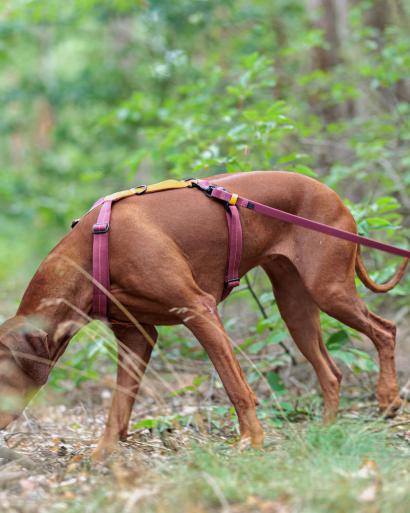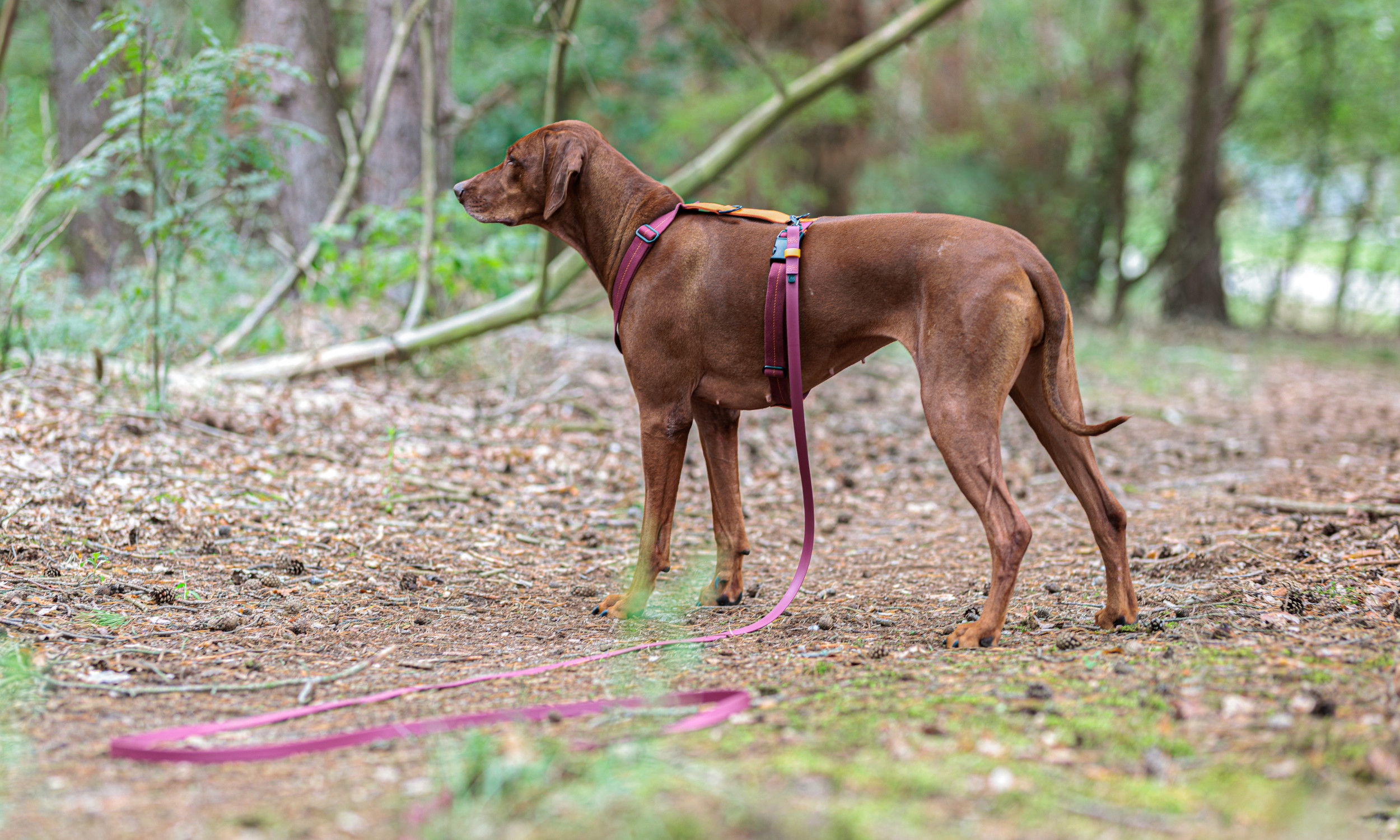How to:
Long line dog leash
When it comes to using a long line dog leash or also commonly known as long leash or drag leash, there’s a certain method to be followed in order to ensure the safety of your furry companions. We have done our research and compiled the most important things you need to look out for as well as the pros and cons of the use of a long dog leash.


